(Kastelruth, 1793 - Paris, 1876)
Full length portrait of René Descartes
Terracotta with brown patina
Height: 40cm
Signed and dated on the base
1844
A native of South Tyrol (now northern Italy), Mahlknecht is sometimes erroneously described as a pupil of Canova, but it seems that he himself claimed to have received lessons from the neo-classical sculptor. After short stays in Lyon and then in Le Mans, the still Austrian young artist settled in Nantes in 1812, where he worked in the studio of Joseph Debay (1779-1863); the city appointed him municipal sculptor in 1821. It was on the occasion of the inauguration of its monumental sculpture of Louis XVI, in September 1823, that Mahlknecht met the Duchess of Angoulême, with whom he would be familiar from then on. A legitimist artist, several of his sculptures thus represent Bourbons (Louis XVI, the Duke of Bordeaux), or Vendée figures (Charette, Cathelineau); he was designated on September 4, 1826 "Sculptor of his Royal Highness", and the State granted him a workshop at 9, quai d'Orsay in Paris, where he had arrived in 1825.
Under the July Monarchy, Mahlknecht retained the favors of the new royal power, which commissioned many religious-themed works from him, among other things, to decorate churches (the Invalides, the Madeleine, Saint-Germain l'Auxerrois, the church of Saint- Louis of Versailles, for example); in 1831 he also created a bust of Louis-Philippe, and received a medal at the Salon of the same year for his Venus in marble, assigned to Orléans. Austrian turned Nantes, Mahlknecht was naturalized French in 1848 (or perhaps 1846), and was made a Knight of the Legion of Honor.
Alongside his religious and sometimes mythological production (Adonis, Ulysses, Terpsichore...), Mahlknecht is also the sculptor of French glories, subjects that correspond well to this period when Louis-Philippe wishes to rehabilitate the History of France; for example, he produced effigies of Du Guesclin, Saint Vincent de Paul, Molière, Corneille, Duguay-Trouin, Parmentier. More specifically in 1844, the year of our statuette, he created the statues of Murat, Marshal Bessières and Dumont d'Urville.
Our representation of René Descartes corresponds in all likelihood to a preparatory sketch (commission or "spontaneous" proposal by Mahlknecht) for a project that was not carried out; the case was frequent for sculptors, and Mahlknecht had known about it for an order from the city of Rennes for a statue of Louis XVI in 1827.
Sculpted effigies of Descartes were rare until then, apart from the work of Pajou in 1777, and a bust in cast iron presented at the Salon de Douai in 1828 by the founder Lepet-Desuede. Emilien Nieuwerkerke (1811-1892) created a full-length statue in 1846 for the city of Tours; as in Mahlknecht's version, to which it is ultimately quite close, there is a pile of books at the feet of the philosopher and mathematician, but with a sphere instead of a compass.
Guillaume Bonnet (1820-1873) presented a plaster bust at the Salon of 1849, commissioned by the Ministry of the Interior. Interestingly enough, the Nantes sculptor Jean-Baptiste Barré (1804-1877), a pupil of Mahlknecht, presented at the Salon of 1866 a plaster statue (full length) of Descartes, which was kept in the Rennes museum, but has now been lost; perhaps this work was inspired by the statuette of his master?


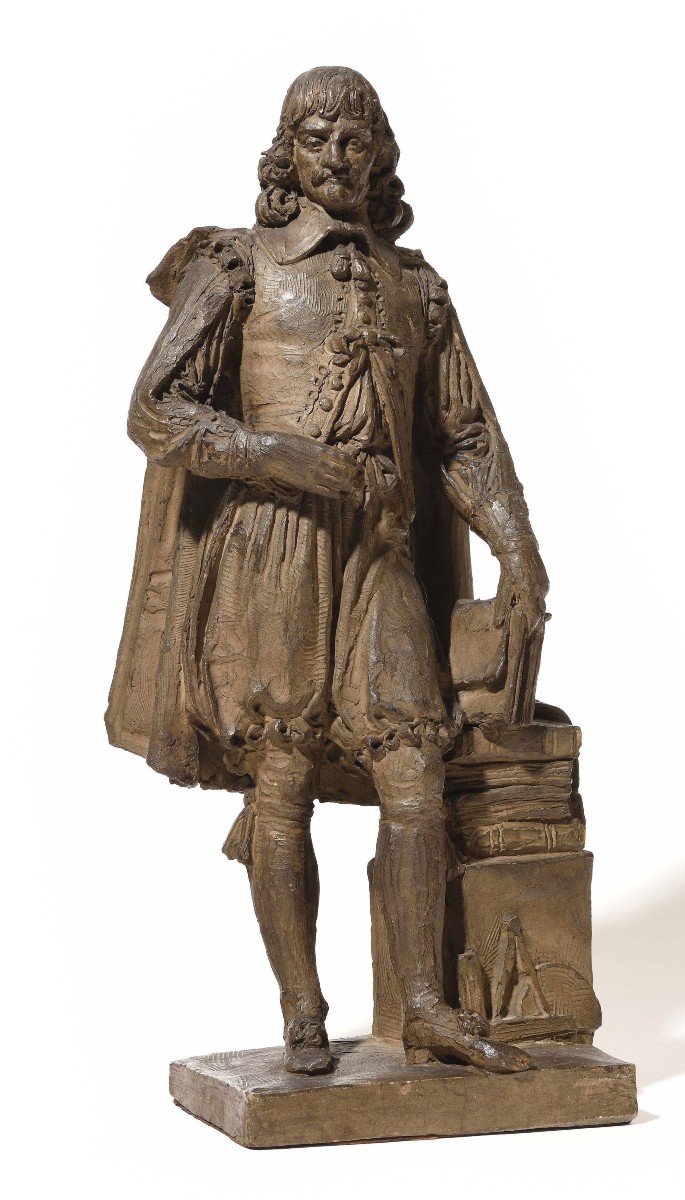
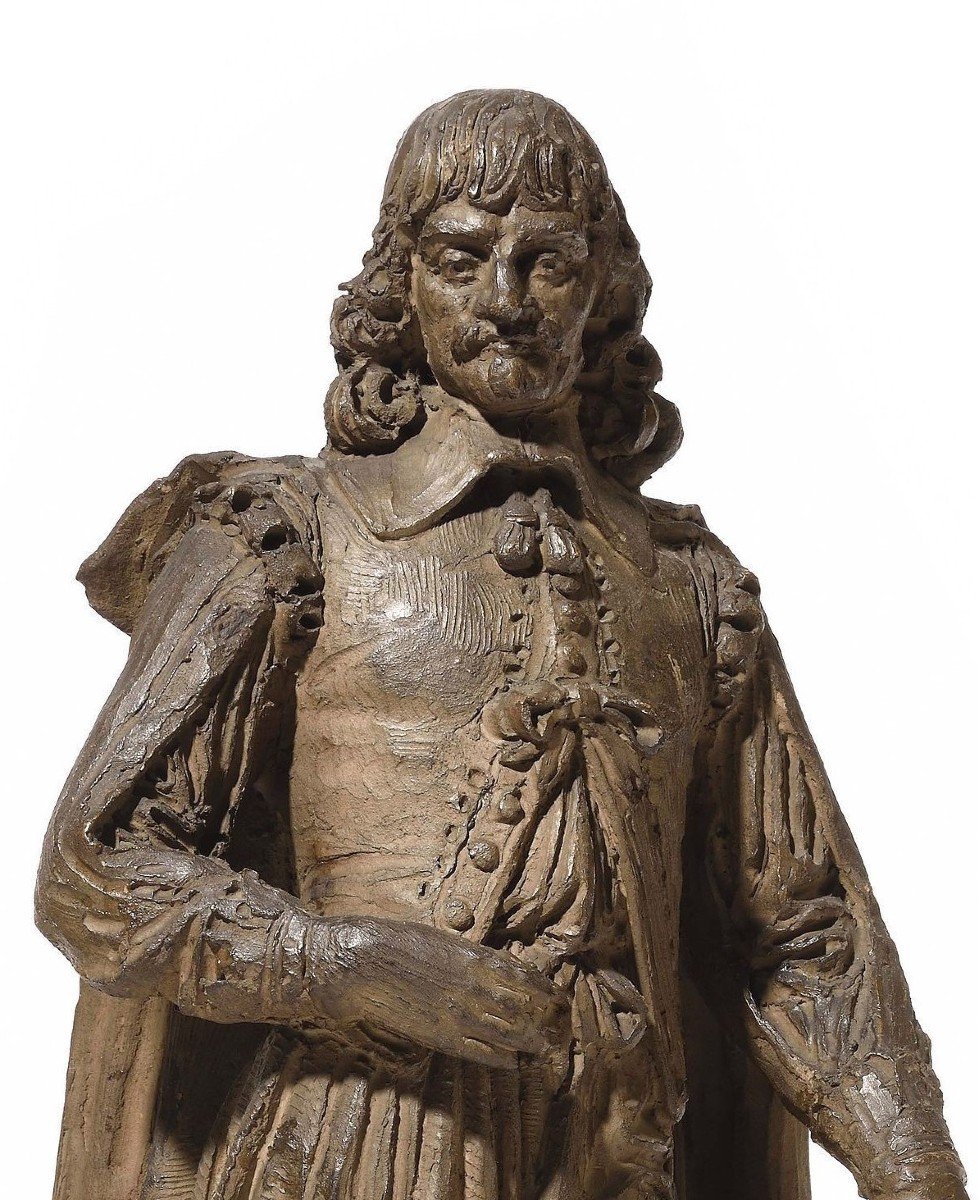
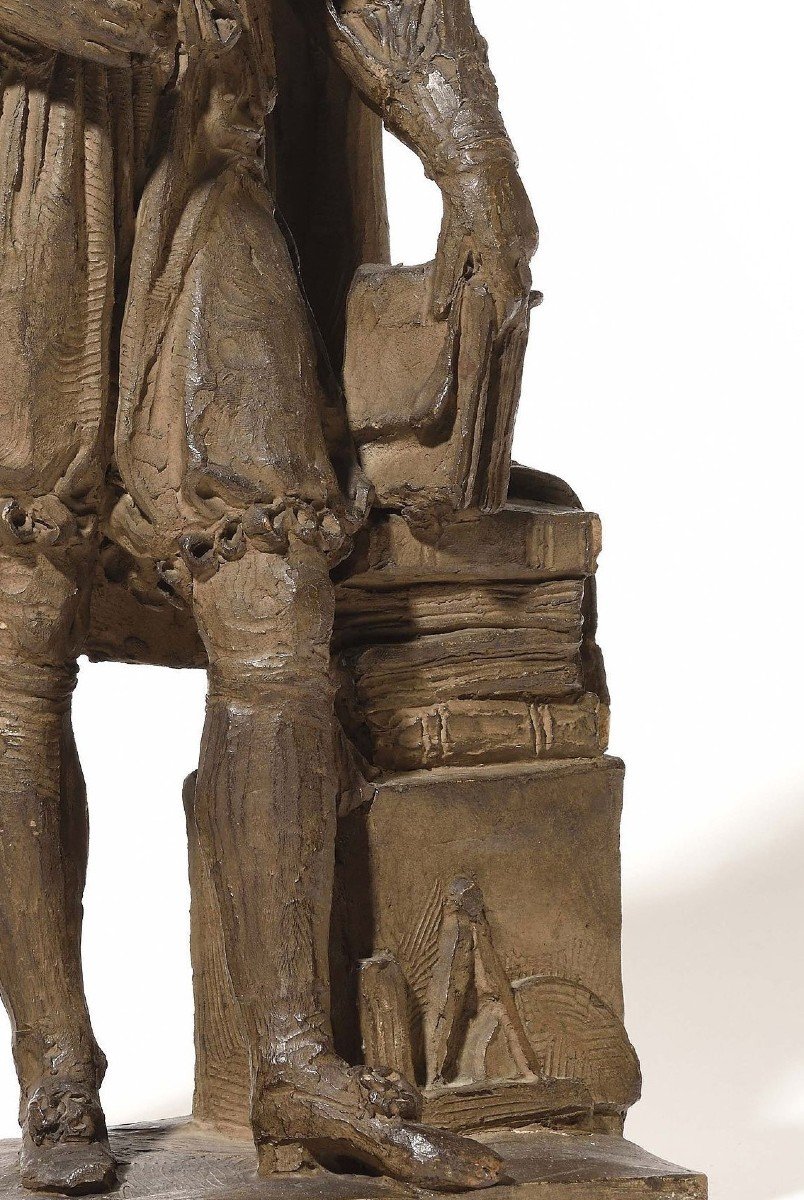
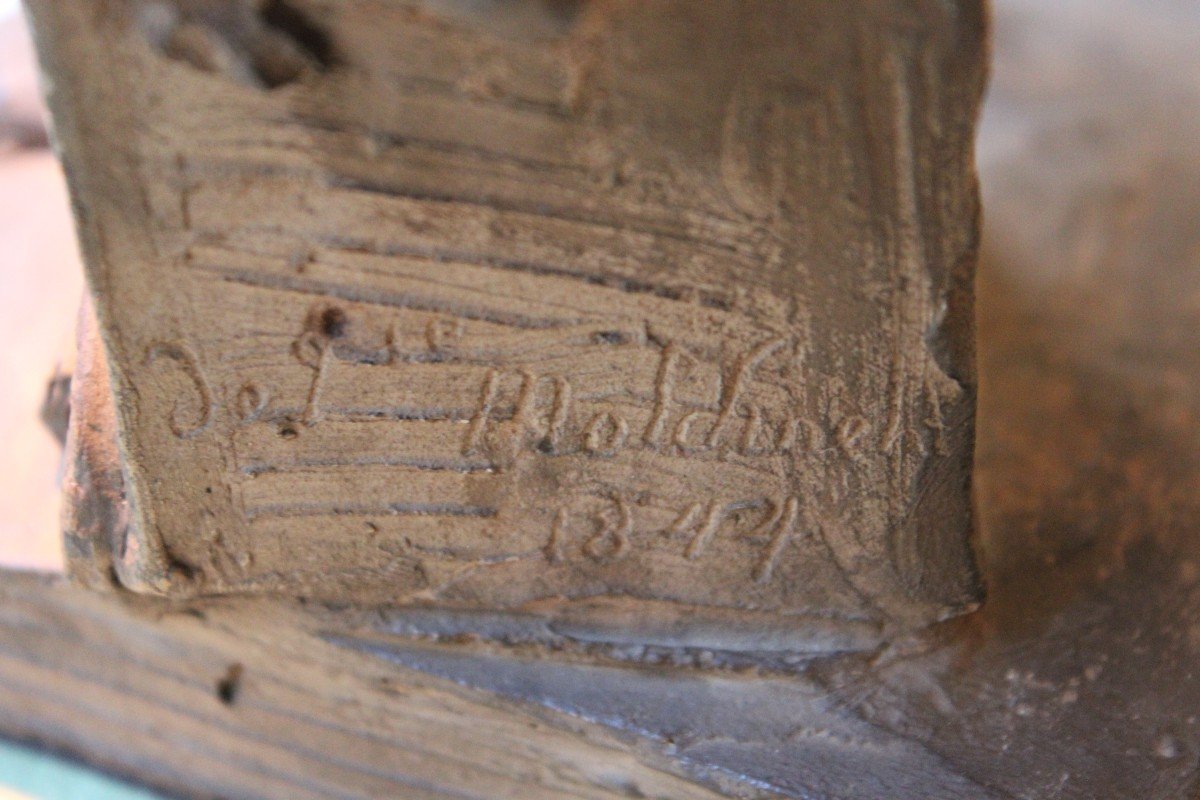
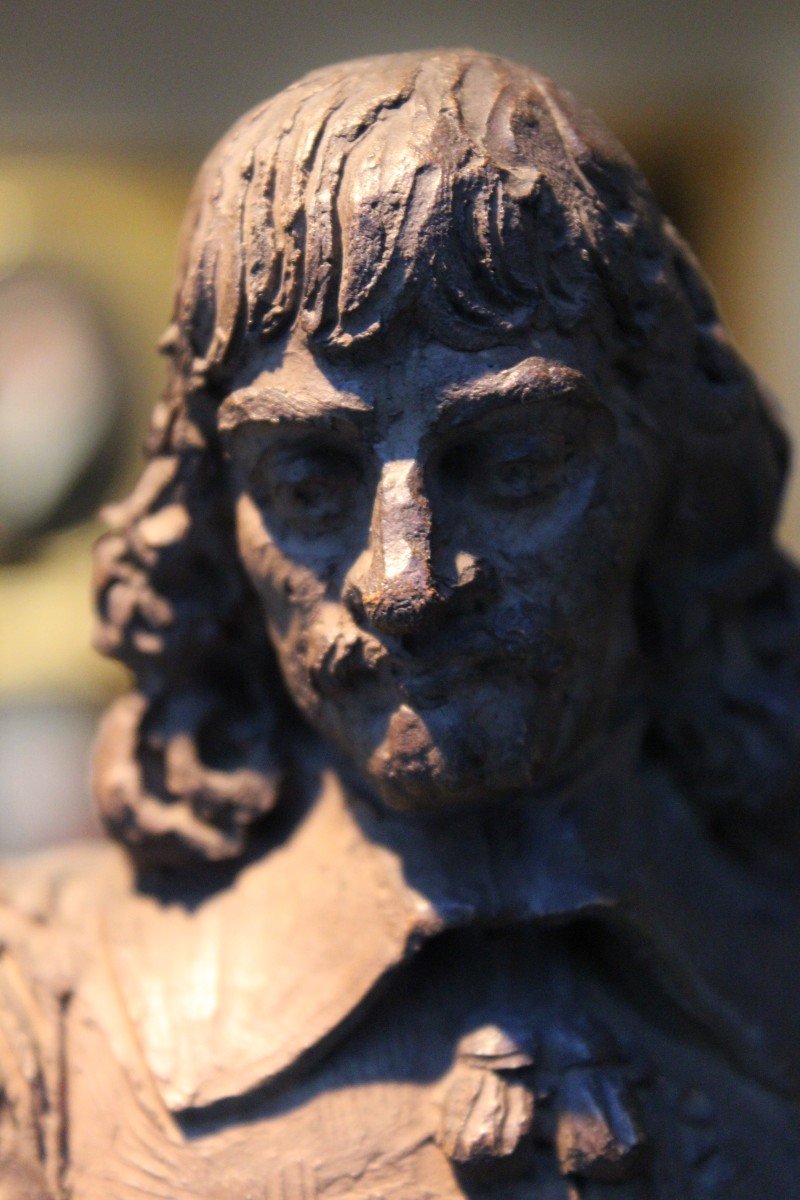
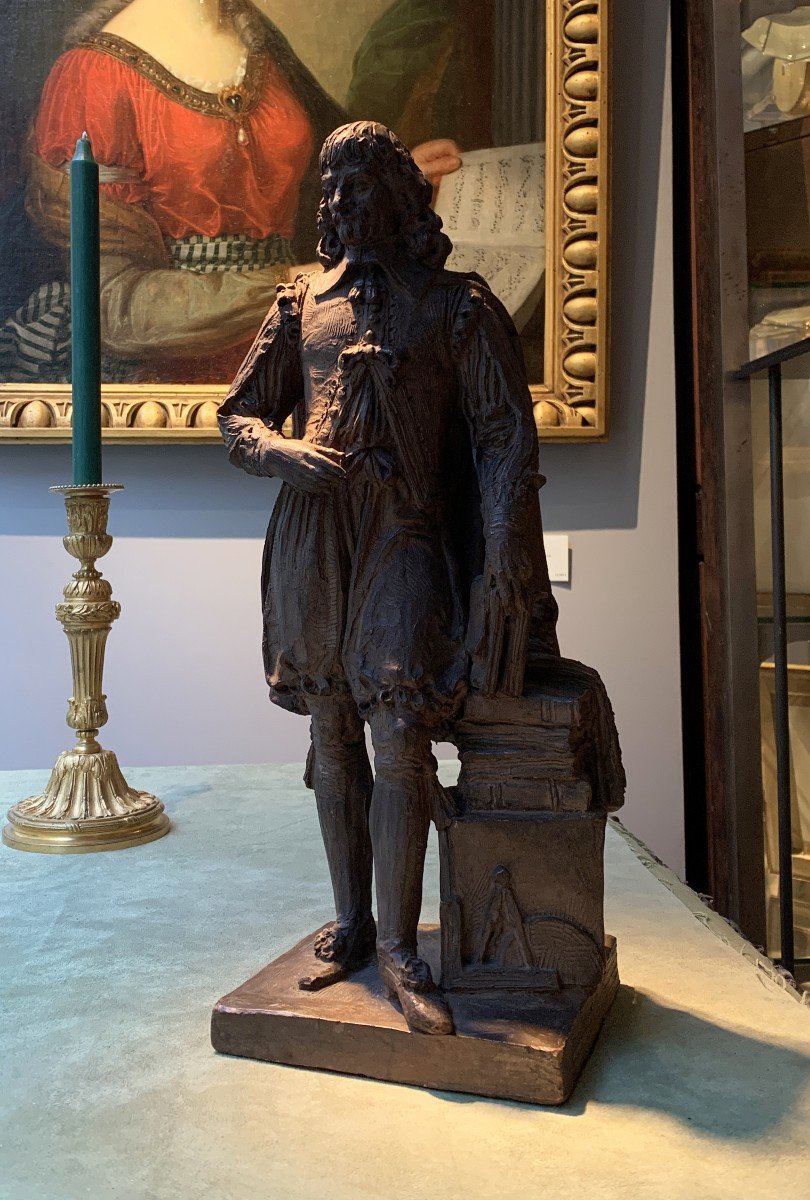
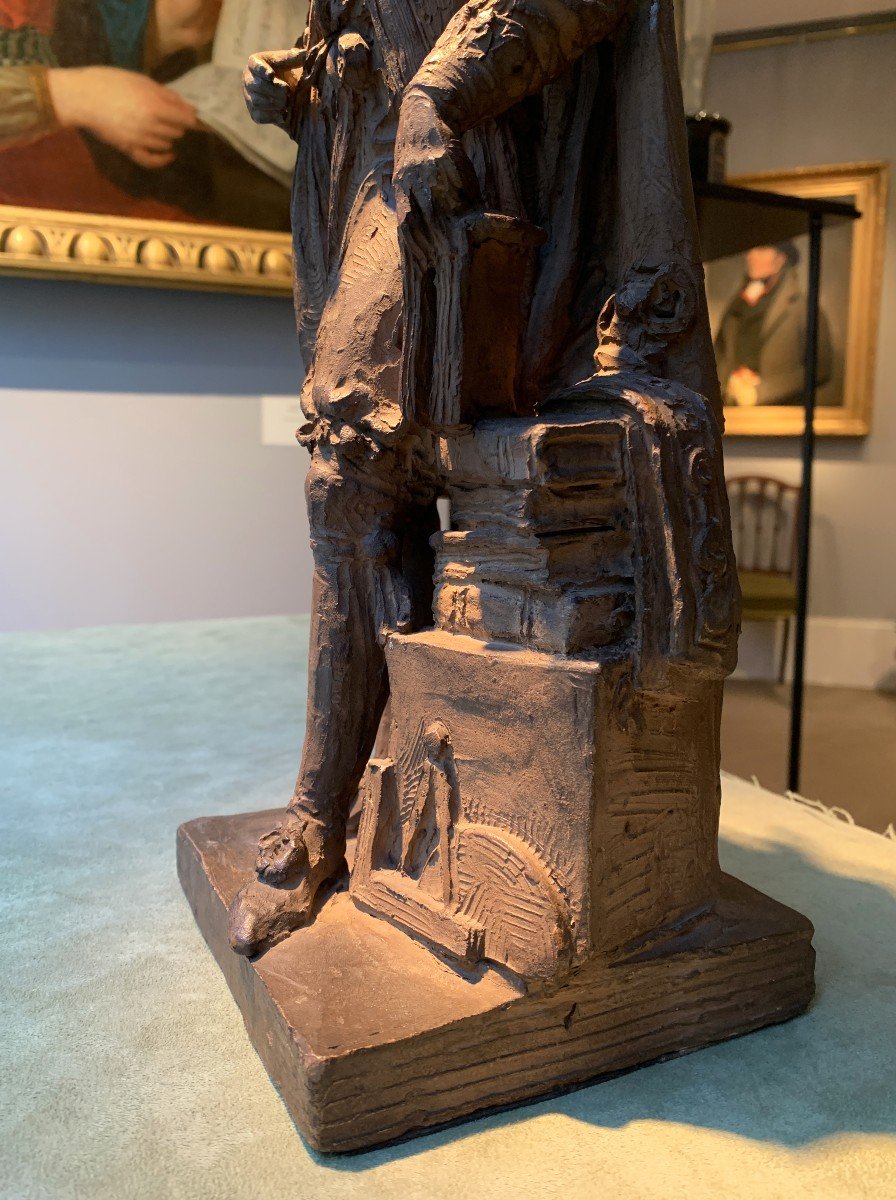
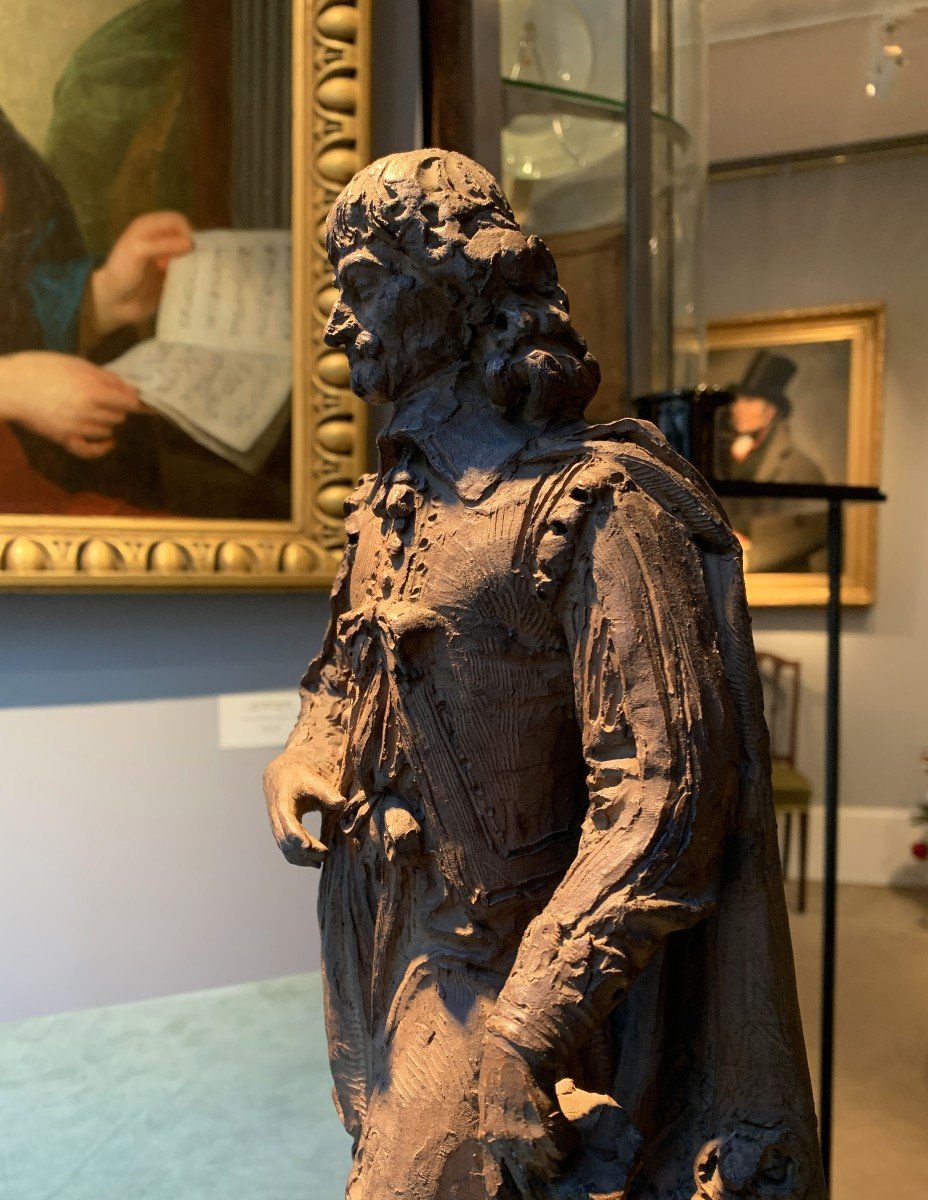









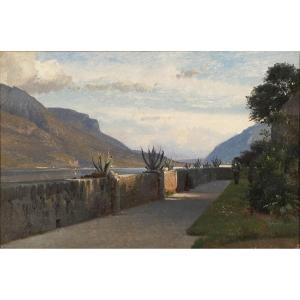






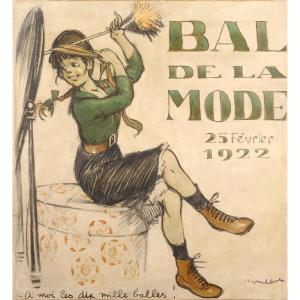

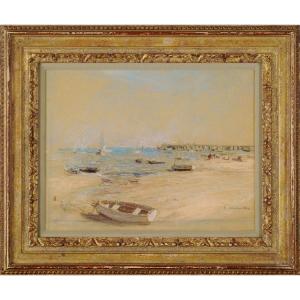
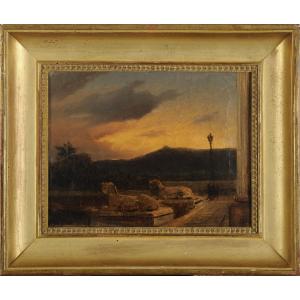
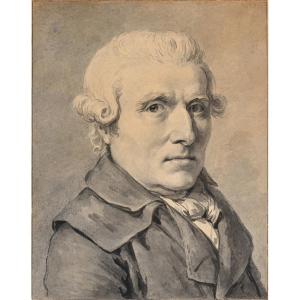





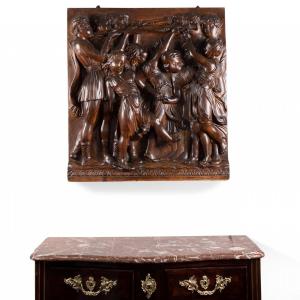

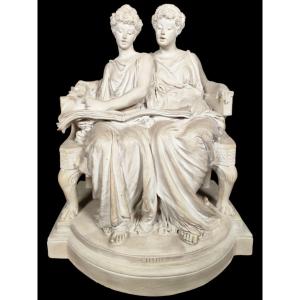



 Le Magazine de PROANTIC
Le Magazine de PROANTIC TRÉSORS Magazine
TRÉSORS Magazine Rivista Artiquariato
Rivista Artiquariato